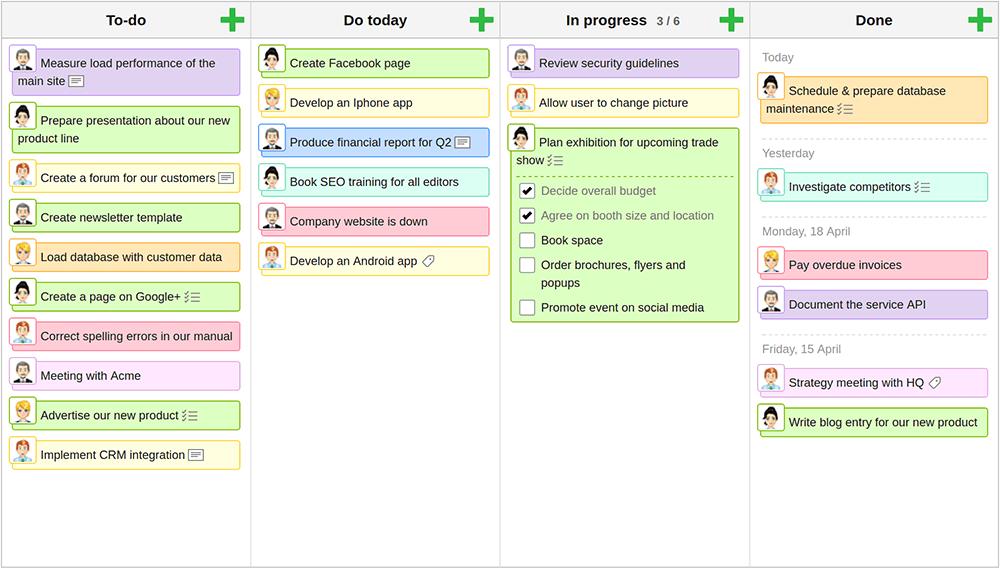

These were not the real dates until the tasks needed to be finished, but instead I specified when I wanted the task to appear in my filtered views. But if I need to write a specification which might take me two weeks, it is too late if the task appears seven days upfront.Īs a result I’ve found me setting „tactical“ due dates on all tasks. If I only need to make a phone call on a specific day it is totally okay if the task appears on the due date. In agile methodology a central principle is to delay decision to the latest possible point in time, simply because the more time passes, the more knowledge I gain to make a sustain decision.Īs tasks are different in size, the due date is a bad indicator for when a task should appear on my radar. And as I do not want to go through all the tasks periodically I found myself adding a due date to a task immediately while creating it.

The problem is the due date: To make tasks appear in „due today“ I need to specify a due date for it. Sounds good, doesn’t it? So what’s wrong here? Or you even get the possibility to create your own filters which opens up new capabilities depending on the meta data you can add to your tasks. Most tools at least provide some predefined filters like

So as we don’t want to go through the whole list over and over again we need to filter the list. Naturally I can stare at my complete list, but here we encounter the problem with not seeing the wood of the trees (while I write this I have 65 tasks on my list - not counting the several sub tasks). To understand this statement we need to take a look at the tools typical apps provide us to narrow down our lists. Why do I think so? Well, checklists don’t provide me the right tools for focussing on what’s important at the moment… at least unless you plan when to do something in a very early stage - for example immediately when capturing a task. But according to my experience most of them are not suited for more than tracking shopping lists. There are apps focusing solely on checklists like todoist and apps with other core domains which provide checklists as a supporting domain like outlook. Hundreds - if not thousands - of products are courting for our favor. There is probably no other domain, for which so many apps exist, like for todo lists. In the second part I will show how I use personal Kanban in practice and which tools I am using.īe warned: Productivity methodology is a very personal thing - what might work great for me might be unproductive for you. In this first part I will tell you why todo lists do not work for me, but personal Kanban does. So it’s crucial to have a task tracking system in place which works and ensures that I don‘t miss a thing and helps me to keep my deadlines.īeing a development manager for more than 12 years, I‘ve tried out several solutions until I finally found the one which served me well for the last four years. And to make things worse: Each conversation, each meeting and each mail can result in new tasks to be handled. Some of them are big, like digging into a new technology and others are tiny, like scanning through new candidate profiles or checking the latest bug reports.

As a CTO I have to handle dozens of tasks per week.


 0 kommentar(er)
0 kommentar(er)
